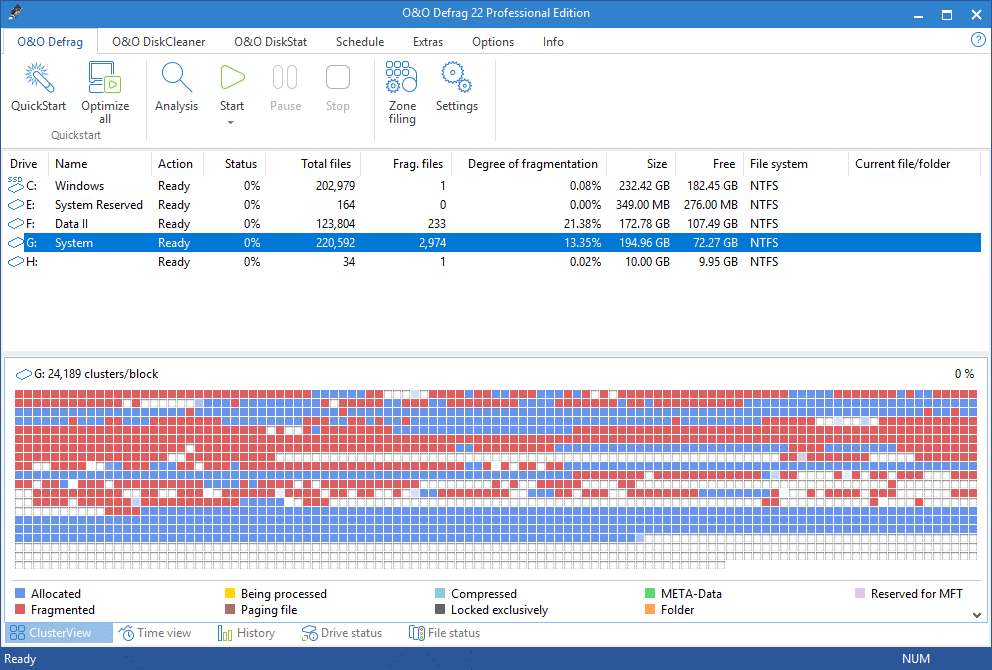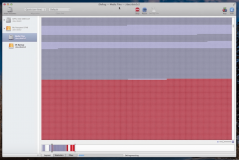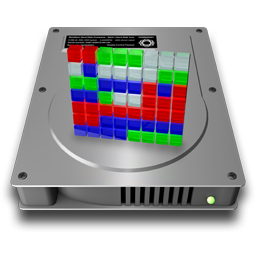

However, most filesystems do not write the new file in the same physical place on the disk.
IDEFRAG SUPPORT UPDATE
Updates are a common cause of this, because in order to update a file, most updaters usually delete the old file first, and then write a new, updated one in its place.

Some groups of files may have been originally installed in the correct sequence, but drift apart with time as certain files within the group are deleted. For instance, a group of files normally read in a particular sequence (like files accessed by a program when it is loading, which can include certain DLLs, various resource files, the audio/visual media files in a game) can be considered fragmented if they are not in sequential load-order on the disk, even if these individual files are not fragmented the read/write heads will have to seek these (non-fragmented) files randomly to access them in sequence. When a file has many extents like this, access time for that file may become excessively long because of all the random seeking the disk will have to do when reading it.Īdditionally, the concept of “fragmentation” is not only limited to individual files that have multiple extents on the disk.
IDEFRAG SUPPORT FREE
Repeat this hundreds of times and the filesystem will have a number of small free segments scattered in many places, and some files will have multiple extents.

The file could also be so large that the operation would take an undesirably long period of time. This would not be possible if the file is larger than the largest contiguous space available. Move the file F to where it can be created as one contiguous file of the new, larger size.However, if file F then needs to be expanded, there are three options, since the space immediately following it is no longer available: If another new file, G, is added and needs only 4 blocks, it could then occupy the space after F and before C (example 4 in the image). When a new file, F, is allocated requiring 6 blocks of space, it could be placed into the first 6 blocks of the space that formerly held file B, and the 4 blocks following it will remain available (see example 3 in the image). Since moving the files could be time-consuming if there were many files which needed to be moved, usually the empty space is simply left there, marked in a table as available for new files (see example 2 in the image). If file B were to be deleted, there would be two options: mark the space for file B as empty to be used again later, or move all the files after B so that the empty space is at the end. On a blank disk, all of these files would be allocated one after the other (see example 1 in the image). The movement of the hard drive's read/write heads over different areas of the disk when accessing fragmented files is slower, compared to accessing the entire contents of a non-fragmented file sequentially without moving the read/write heads to seek other fragments.Īn otherwise blank disk has five files, A through E, each using 10 blocks of space (for this section, a block is an allocation unit of the filesystem the block size is set when the disk is formatted and can be any size supported by the filesystem). Some defragmentation utilities try to keep smaller files within a single directory together, as they are often accessed in sequence.ĭefragmentation is advantageous and relevant to file systems on electromechanical disk drives ( hard disk drives, floppy disk drives and optical disk media). It also attempts to create larger regions of free space using compaction to impede the return of fragmentation. It does this by physically organizing the contents of the mass storage device used to store files into the smallest number of contiguous regions (fragments, extents). In the maintenance of file systems, defragmentation is a process that reduces the degree of fragmentation. Visualization of fragmentation and then of defragmentation


 0 kommentar(er)
0 kommentar(er)
